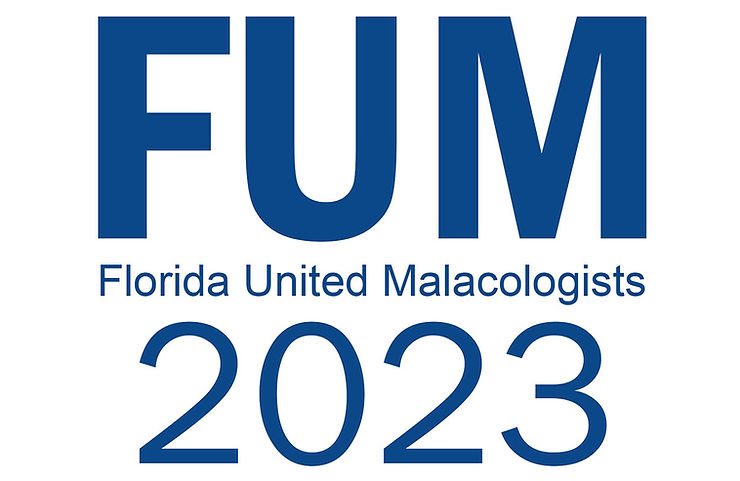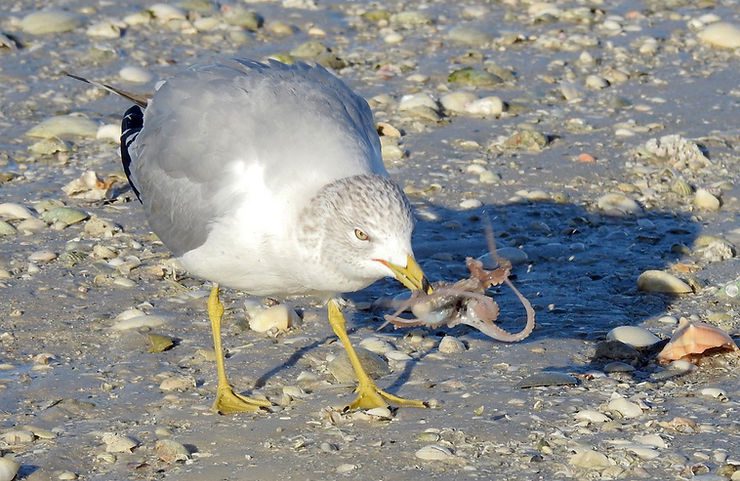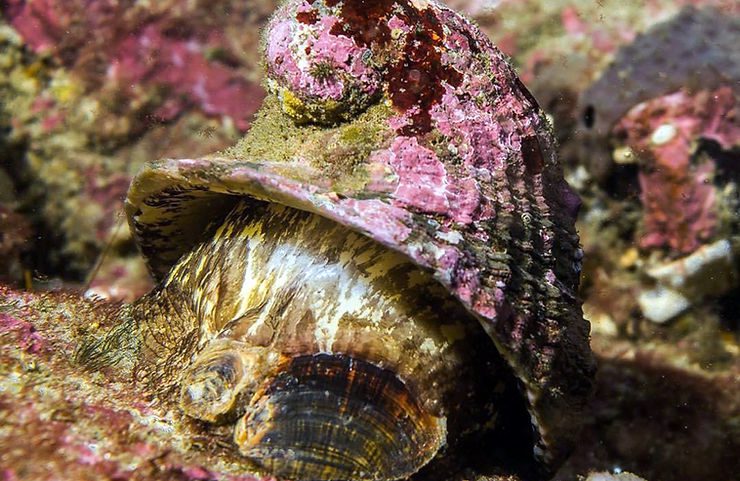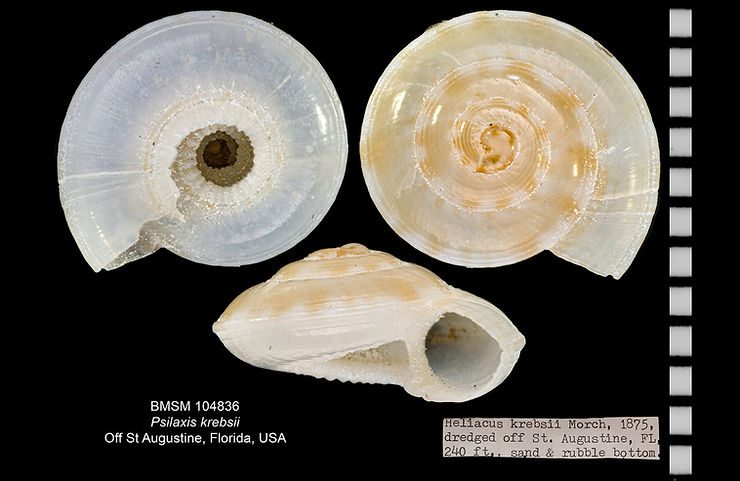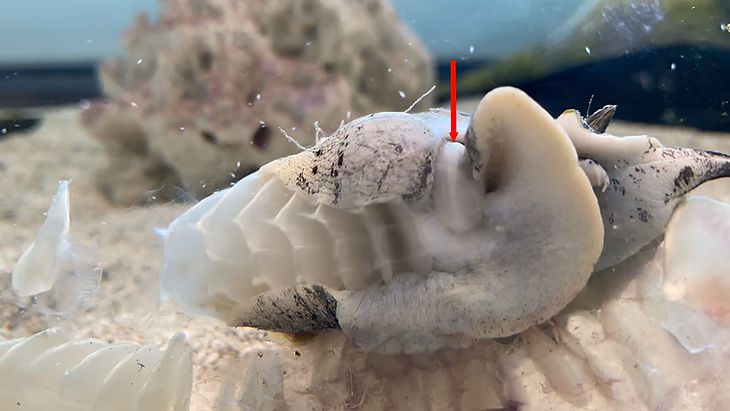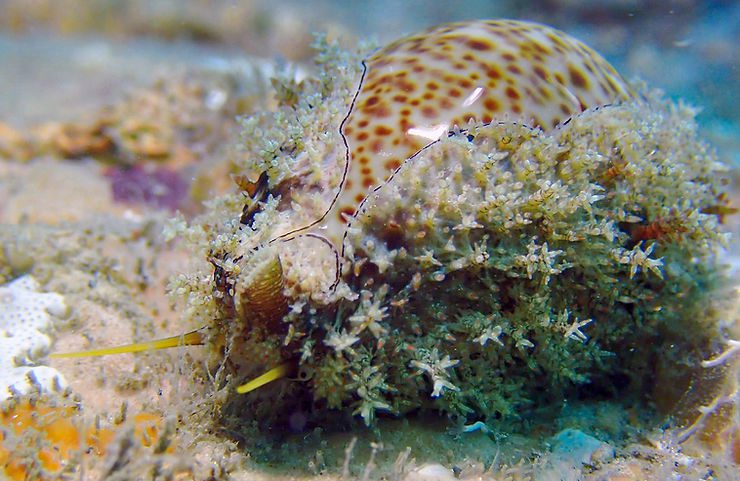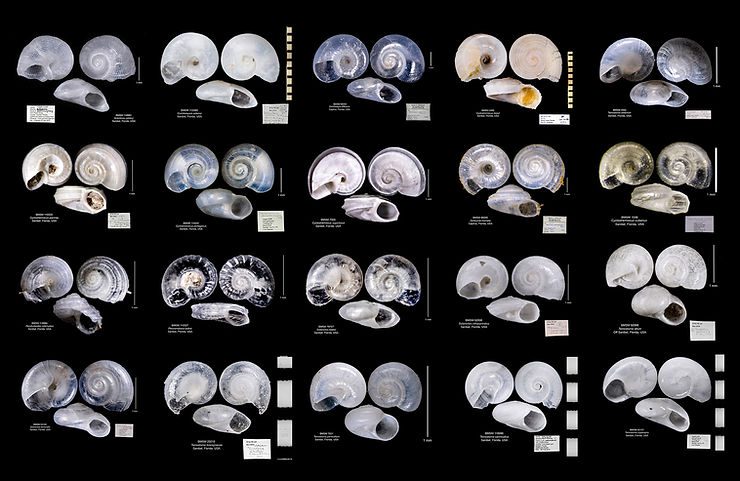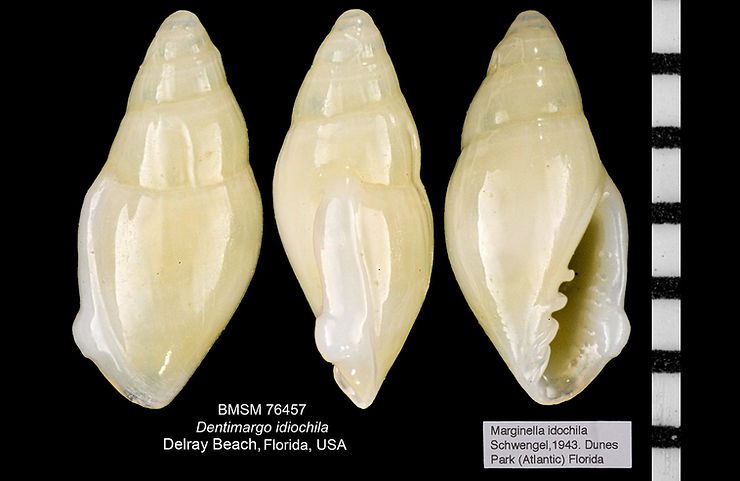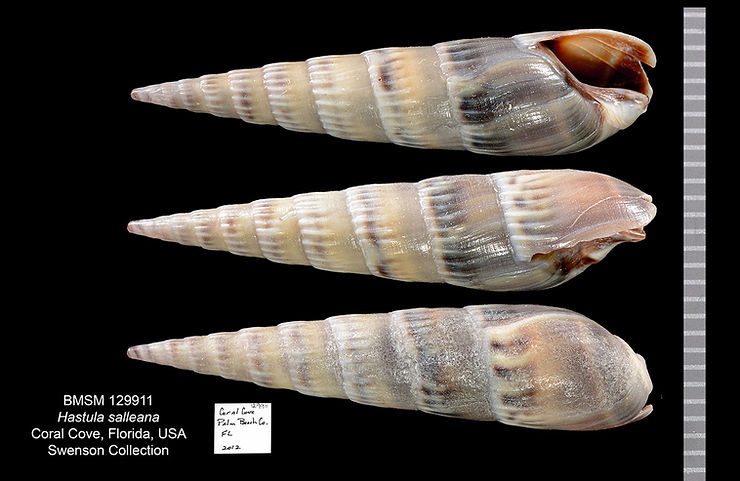
Shell of the Week: The Salle Auger
Hastula salleana (Deshayes, 1859), is a marine snail of the auger family Terebridae that may reach about 40 mm (about 1.6 inch) in height. Hastula augers inhabit sandy beaches, where they thrive along the boundary between land and water, being most active during ebbing tides. Hastula augers are known to feed on polychaete worms. They inject a cocktail of toxins into their prey using their hypodermic-needle-like radular teeth, in the same manner as their cousins, the cone snails. The species is f
